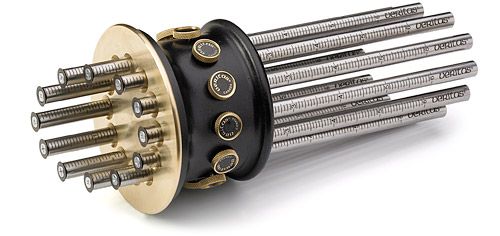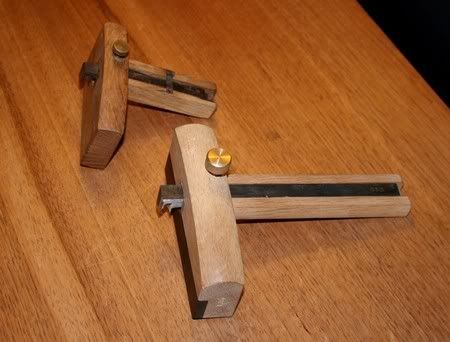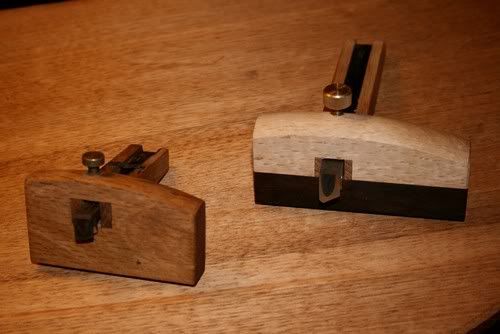Or tenon gauge as someone in previous post has reflected.
I'm in the market for a new mortise gauge. I use the regular wheel marking gauge from Vertias for most of my layout work and really enjoy that tool. However, I find myself cutting mortises (or is the plural mortii?) by hand in small batches. I would like a new mortise gauge for that task. I need it to mark the reciprocal tenon as well.
I've used the inexpensive pin varieties and have had mixed results with that choice (maybe I'm missing a better manufacturer of these style of tools?). I like the wheel cutters on the Vertias gauges but am unsure about the new double head marking gauge they offer (seems like two cutters in-line would be more efficient).
For what it's worth, I'm a fan of the way Paul Sellers and Rob Cosman work but am not married to their methods.
Any help? Suggestions? Recommendations?




 Reply With Quote
Reply With Quote











